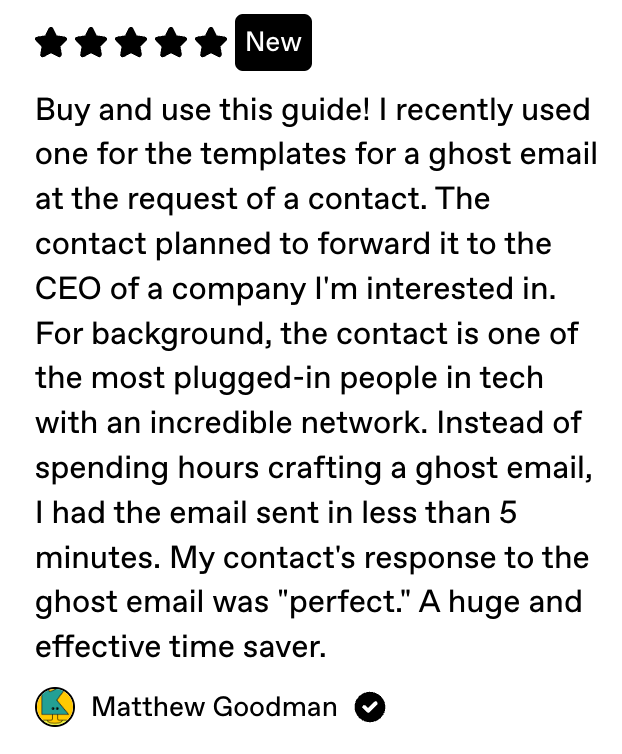Transitioning between defense tech startups presents unique opportunities for professional growth, adaptability, and amplifying one’s impact in national security. During the January 20, 2025 AMA, we delved into the journey from an established leader in defense technology to a nimble, emerging player in the field.
This shift requires navigating challenges like adapting to new operational tempos, acquiring specialized skills, and aligning with a fresh mission focus—all critical steps for those considering a similar move. Whether balancing innovation with regulatory demands or maintaining security clearances, these experiences provide valuable lessons for anyone seeking to thrive in the evolving defense tech landscape.
Why Make the Move?
Switching companies within the tech sector can redefine your career trajectory. You’ll recapture momentum. You can enhance your brand, not just be another cog in the machine.
Moving to a fast-scaling startup forces you out of your comfort zone, thrusting you into roles where the rules have yet to be written and you’re expected to help write them. It’s a sink-or-swim moment that demands adaptability and a bias for action.
The real motivation? You don’t just want to level up—you want to own the game. Whether mastering new skills, leading from the front or proving you can thrive where others might falter, these moves separate the bold from the complacent. If you’re comfortable where you are, you’re probably stagnating.
Common Challenges in Transition
Creating Structure in a Scaling Environment: Newer companies and divisions often lack established systems and processes. Onboarding may be minimal, with few formalized workflows or guided projects. Pros making this move must frequently build their frameworks for success.
Key Strategy: Proactively create a 30-, 60- or 90-day plan to guide your onboarding. Networking within the organization to identify key stakeholders and resources can also accelerate the learning curve.
Balancing Multiple Responsibilities: Many roles at scaling startups involve wearing multiple hats. You might split your time between operational tasks, such as organizing team processes, and strategic efforts, such as preparing briefings for senior leadership.
Key Strategy: Embrace the diversity of tasks as an opportunity to develop a well-rounded understanding of the business. Prioritize tasks by their impact and maintain flexibility to adapt to shifting priorities.
Adapting to a Niche Culture: Defense tech startups often have teams with strong ties to the military or government sectors. Professionals without similar backgrounds may need to focus on proving their value and building credibility within the organization. Don’t shy away from emphasizing what makes you unique.
Key Strategy: Leverage unique perspectives and experiences to contribute solutions that align with organizational goals. Demonstrating results and a commitment to learning the industry's nuances can help establish trust and respect. Sometimes being an outsider is a source of strength.
Strategies for Success
Build Relationships Early: Networking is vital, even after being hired. Asking colleagues, “Who else should I connect with?” can help build a web of contacts and fill critical knowledge gaps. Relationships across teams and divisions foster collaboration and accelerate integration into the company culture.
Take the initiative: Identifying areas for immediate impact, such as organizing an off-site or streamlining communication processes, allows you to demonstrate value early. Proactive contributions show leadership potential and build credibility. Owning a mundane task can sometimes result in the creation of a new role or team.
Embrace Ambiguity: Startups often evolve quickly, and roles can change as priorities shift. Staying open to change and approaching challenges with curiosity enables professionals to adapt and thrive in dynamic environments. If you already have a background in managing chaos, this will be where you thrive.
Every move between startups within the same sector is a calculated step toward something bigger. It’s a chance to expand your expertise, prove your adaptability, and align yourself with a mission that truly resonates. Success in these transitions comes down to initiative, building the right relationships and staying flexible in the face of change.
The question is: Are your career moves setting you up for real impact? Share your experiences and insights below.
Templates can transform the way you approach career transitions.
With just a few well-designed ones, you’ll be firing off 10-15 tailored, high-impact emails to your network in under 20 minutes. It’s fast, effective, and proven to get results.
Don’t just take my word for it—check out what others are saying:
Ready to accelerate your next move? Check it out now!






